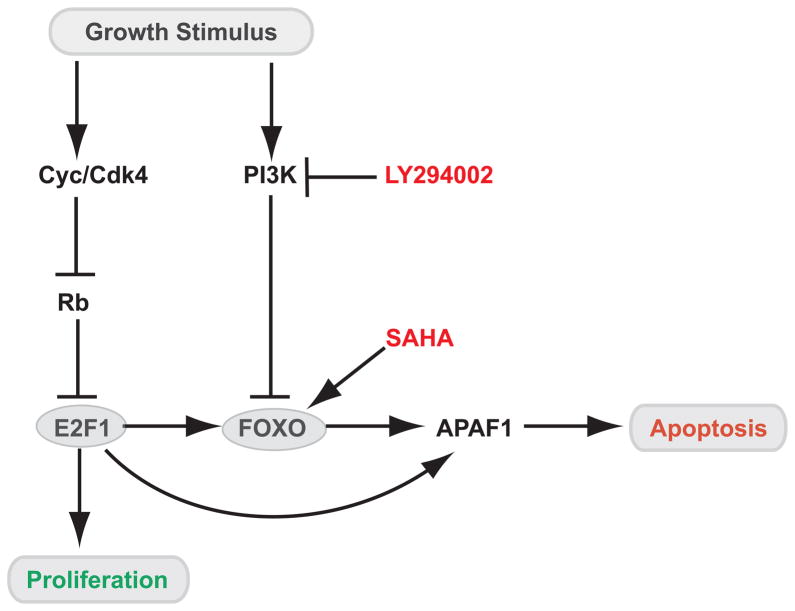Figure 7. Model for a role of FOXO in E2F1-dependent transcription and apoptosis.
Growth stimuli result in activation of cyclin-dependent kinase activity with subsequent inactivation of the retinoblastoma protein (Rb) and accumulation of free E2F1. E2F1 induces expression of multiple proliferative genes, as well as FOXO genes, and then cooperates with FOXO proteins to induce a subset of target genes, including apoptotic genes such as APAF1. PI3K signaling initiated by growth factors specifically represses the induction of this subset of E2F1 targets through phosphorylation and subsequent nuclear exclusion of FOXO. Since the induction of proliferative E2F1 targets is FOXO-independent, it is not inhibited by growth factors. FOXO-dependent E2F1 transcription and apoptosis could be activated in the presence of growth stimulus through inhibition of PI3K (i.e by LY294002) and/or using HDAC inhibitors (i.e SAHA).

